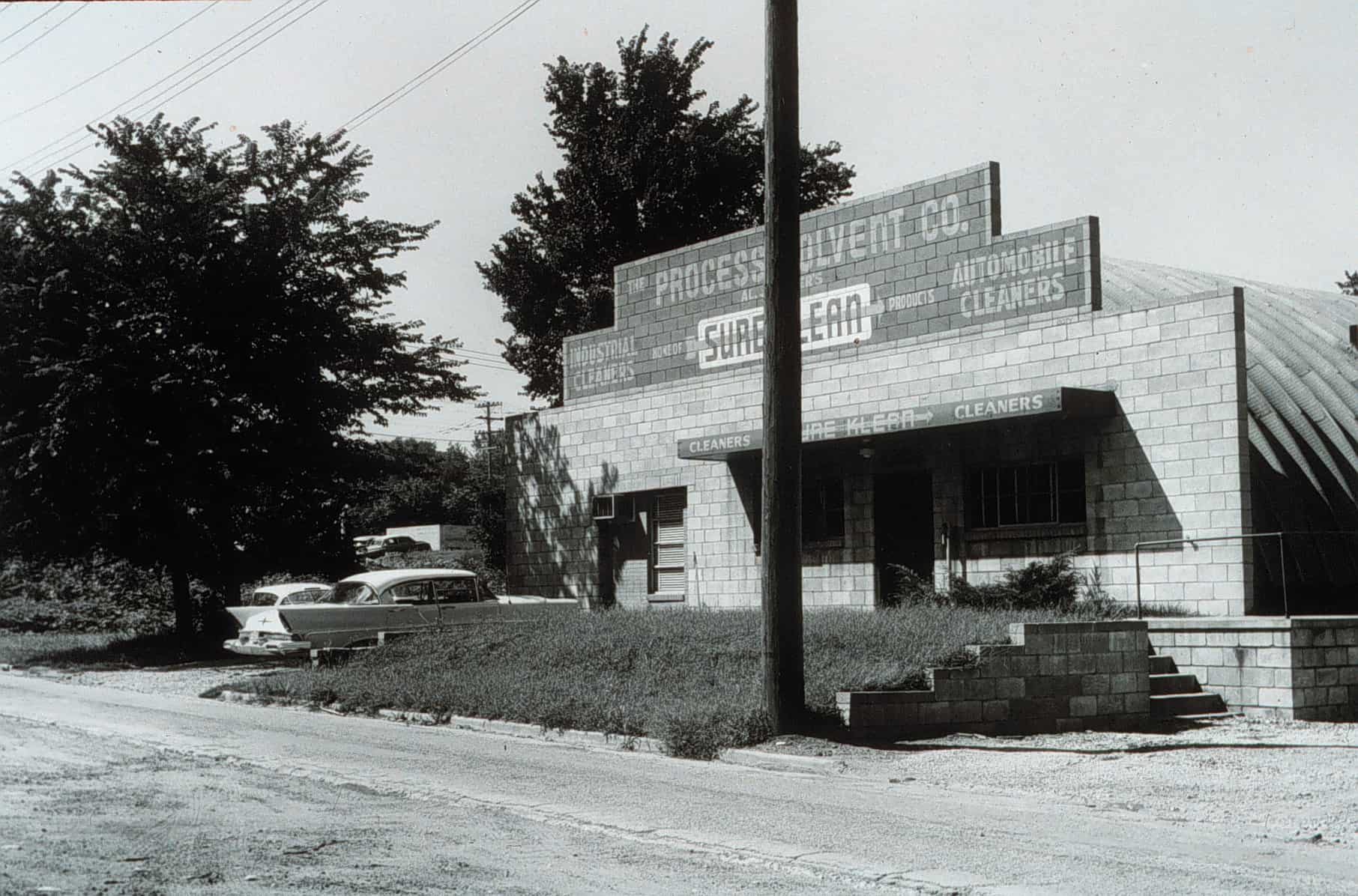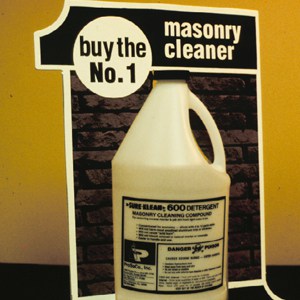A look back at 80 years of PROSOCO’s ethos of always finding better ways.
PROSOCO has always pushed for better products and processes that can improve the appearance and performance of buildings we live and work in.
Our tendency to push the industry toward a better way to build is often summed up by David Boyer, PROSOCO’s president and CEO, in a simple phrase, “Good enough isn’t.”
“We like being the leading edge of building science, because most of the people on the leading edge believe we can do better.”
“PROSOCO chooses to operate at that level versus our good-enough, me-too competitors that pursue commodity buildings and average performance as their target market.”
Just look at how we altered the chemical makeup of our entire R-Guard product line to help make the famed Bullitt Center “the world’s greenest commercial building.”
Or our proprietary test chambers that evaluate complex assemblies subjected to real-world and severe weather conditions, far beyond industry standards. Our goal is to make longer-lasting, higher performing buildings. Buildings that survive the extremes. Buildings that are healthier places to live and work in.
If you look back at the history of new construction and restoration cleaning, you’ll find PROSOCO’s name in the footnotes. That’s because PROSOCO has pioneered these niche industries ever since its humble beginning in 1939.
David Boyer knows the stories well – they’ve been told over and over through four generations of Boyers. (His grandfather, AJ Boyer, founded the Process Solvent Company in 1939, which evolved into PROSOCO, in 1974.) David can recall numerous iterations of “Good enough isn’t” that took place over the last 80 years.
This mantra positioned PROSOCO to adapt and grow as the construction industry evolved through changing design styles, cladding preferences and building material manufacturing techniques.
“Following evolutionary trends in the industry has been key to our success since the beginning,” Boyer said. “We learned to deeply scrutinize and understand the disparate surface chemistry of materials on new buildings and on existing buildings. We purposefully develop products to safely clean and protect those materials.”
For the next 80 years, Boyer hopes for this ethos to continue.
“Today, as our industry embraces the need to create more durable, energy-efficient buildings, we’ve got to move away from the “good enough” mentality that has been memorialized in most building codes. We have to aim higher. The future of our kids, our grandkids and our country depend on it.”
![]()



